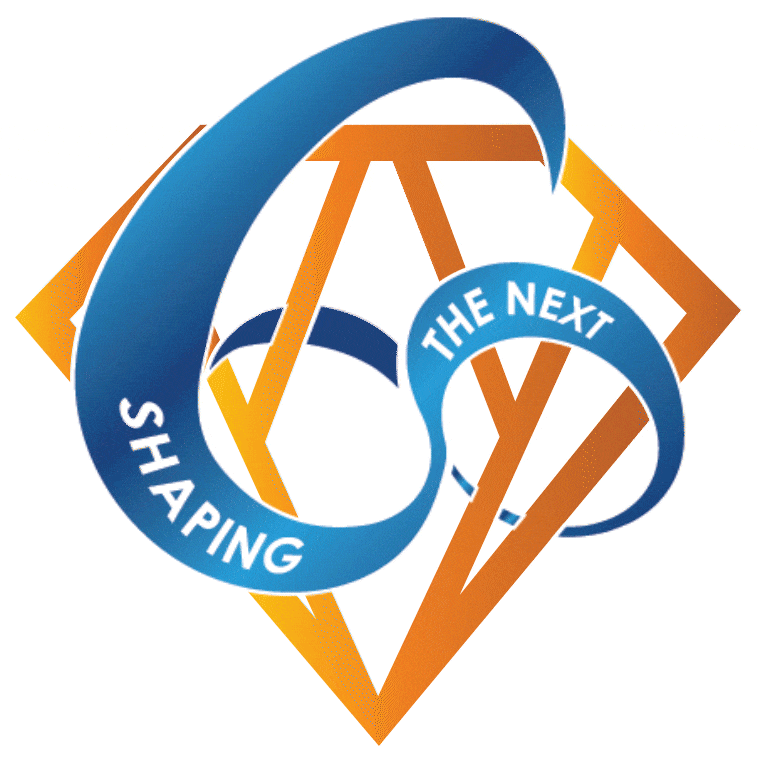In one of my Marketing classes, half the class said they had tried ChatGPT-3, the artificial intelligence chatbot that has taken the world by storm. With just a few text prompts, the chatbot can write essays, poems and computer code in far less time than humans.
Just as the initial wave of excitement subsided, ChatGPT-4 is here. This time, it goes beyond text. Send an image, and it can probably craft a social media caption for you. Throw it a tourism website, and you can get a summary of the top three attractions.
Microsoft, which invests in OpenAI, the firm behind ChatGPT, also brings the technology to its search engine Bing and plans to roll it out to Word, Excel, PowerPoint and Outlook. That means in the near future, you may get sensible, auto-generated meeting minutes or presentations with just a few clicks.
Think of how much time that could save. The above possibilities sound great for office workers in cognitive and creative work. No more poring over long chunks of text. No more wrecking your brain to derive a catchy caption.
But wait a minute. That was not supposed to be part of the pact. AI-powered tools are supposed to take on routine tasks, freeing up human workers for more complex and creative work. Now that AI has stepped into the creativity terrain, what’s next?
Are we limiting ourselves?
If we have a car, we may choose not to walk to the supermarket one kilometre away. Similarly, if we have easy-to-use designing and writing tools, we will not tap into so much of our brain power. This over-dependence on AI may result in a decline in humans’ key cognitive abilities, like problem-solving.
Never mind that it’s humans who developed these tools. The user population who may become over-reliant on AI tools is far larger than the creator population.
This is “digital lethargy”, where we consume but do not create.
This new wave of technology is likely to shape the future of education. Even preschoolers are exposed to ChatGPT in school. While AI can have learning benefits, I am genuinely concerned that generative AI tools may limit students’ creativity by providing them with ready solutions to almost all tasks.
Humans need to find their USP
A study by the McKinsey Global Institute suggests that up to 375 million workers worldwide may need to switch occupational categories and learn new skills by 2030 due to automation. The number represents around 14 per cent of the global workforce.
Like it or not, we have to accept that AI will change jobs and industries. If creative workers want to snatch the pie back from AI, they need to find their unique selling point (USP), a term often used in marketing, to stand out in a sea of AI creative platforms.
That means finding back that human connection. The paymaster is still human, and the one who gets employed is the one who can look at the overall picture, solve problems and work well with both humans and robots.
We should go back to our basics and continuously develop our social competencies. A survey conducted by the Singapore National Employers Federation (SNEF) in 2020 found that 68 per cent of employers believed that their employees lacked the necessary soft skills to succeed in their roles.
Hence, besides staying on top of AI and data-interpretation skills, the human worker needs to focus on collaborative work and fostering ties. The ability to build meaningful relationships will be one of their USPs.
Adapting to survive
Another USP is adapting to changes.
ChatGPT and its equivalent counterparts are making the adoption of AI tools much easier. Programming skills are still cherished, but if you don’t know programming, you can still reap the advantage of AI tools to skip routine tasks. But if one is fixated on the old ways of working, the technology divide will widen.
Changing our habits is hard, but survival requires adaptation.
In adapting to the ongoing AI revolution, societies need to manage AI’s risks and opportunities. We need to emphasise the responsible use of AI to researchers in this field. That includes privacy regulations and practices to prevent bias in AI systems. For business professionals, society can provide upskilling opportunities so they can work alongside AI systems. The general public probably enjoys AI for recreational purposes, such as beautifying photo filters, but they should be cautioned against AI-aided scams, which have grown more rampant. Beyond the hard skills, educational institutions would have to give students more opportunities to hone their soft skills, such as critical thinking and emotional intelligence. It’s going to be a lot of learning and relearning.
Lifelong learning and continuous skills development will be essential to remain relevant in the changing creativity market. At the same time, governments need to provide social protection and support to those who are most vulnerable to job displacement. This could include measures such as income support, retraining programmes, and support for entrepreneurship and self-employment.
The AI wheel is spinning fast. ChatGPT, its future iterations and its rivals are coming fast to all industries. Marketing students and other business professionals must learn to wield these tools to their advantage. When unbeknownst technologies arrive, the one who stands tall is the one who adapts.
The article is an edited version of the first one published in TODAY.





